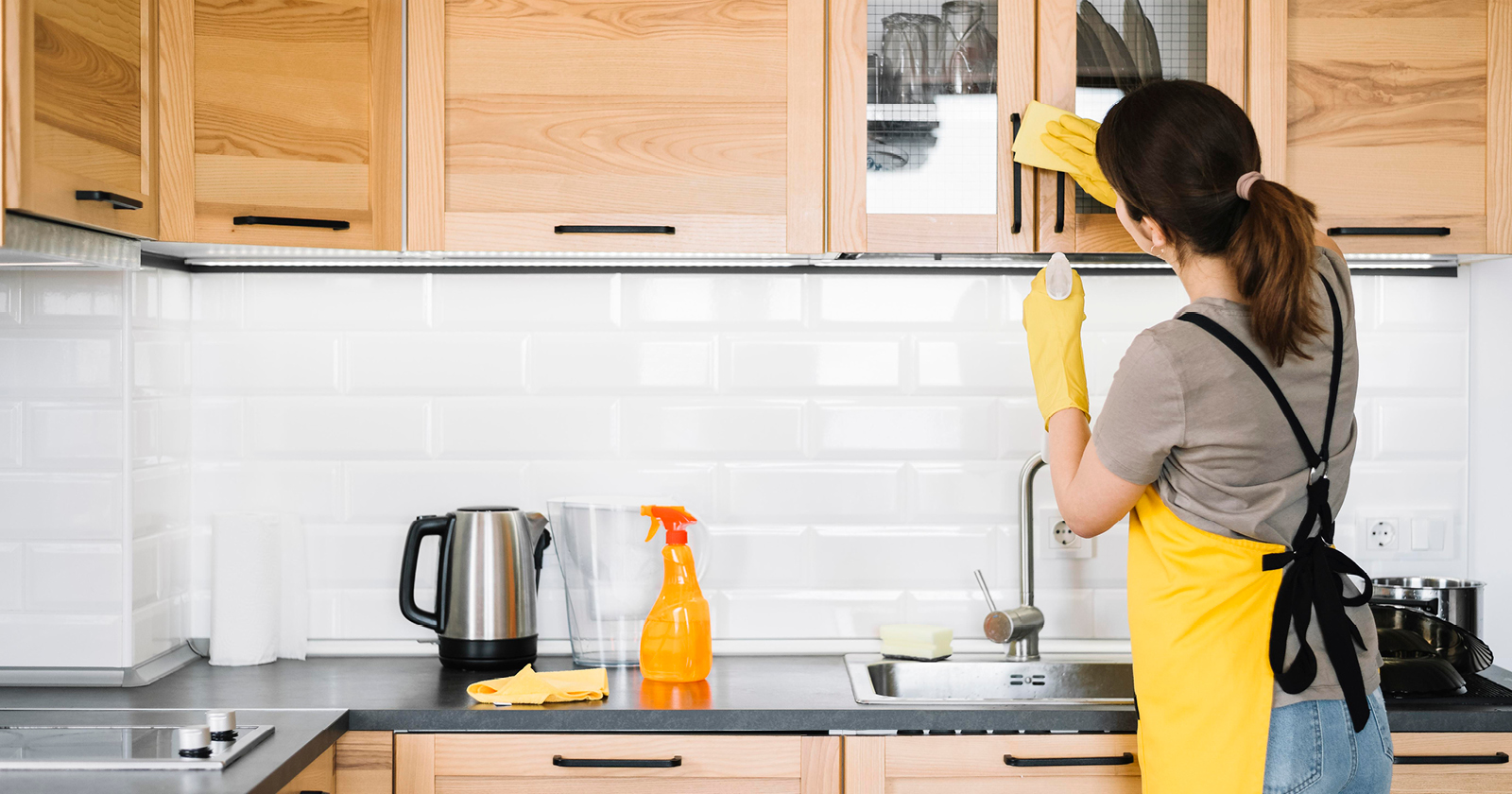The rise of tiny homes has been one of the more intriguing trends in real estate in recent years. A conscious step back from the concept that “bigger is better” in home design, tiny houses celebrate the idea of simple, compact living – without compromising comfort or style.
Of course, living comfortably in a home measuring 400 square feet or less is not an easy task; it requires careful planning in order to ensure that every inch counts. The most successful tiny homes utilize a range of clever solutions to make the most of their limited space.
Multi-functional Furniture and Smart Storage
Well-designed tiny homes capitalize on storage opportunities in every conceivable corner – from stairs that double as drawers to ottomans that can hold blankets, pillows and other small items. Furniture in tiny homes often needs to serve several purposes, too. Sofas transform into beds, offering both seating and sleeping solutions. Coffee tables can be raised to dining-table height, expanded to offer more surface area as a workspace or folded away when not in use.
Natural Light and Clean Decor
Nothing provides a sense of spaciousness quite like warm natural light. Tiny homes employ large windows and skylights to make interiors feel bigger and more inviting. Strategically placed mirrors offer another way to create the illusion of additional space; streamlined design accents and light colors and textures keep the overall decor from appearing weighed down (think neutral wall tones instead of intricate wallpaper and sleek blinds instead of heavy curtains).
Open Layouts
Open layouts are a hallmark of tiny home design – which makes sense, since dividing a small home into even smaller rooms can make an already intimate space feel too crowded. Kitchens and living/dining areas flow together seamlessly within tiny houses, allowing occupants to move around more freely.
Vertical Space Usage
Tiny homes often employ the technique of “building up”, or utilizing vertical space. Sleeping lofts are a prime example of this method; a raised sleeping area above the main living space creates a separate, more private zone for resting, without taking up any additional space below. (And as previously mentioned, the stairs leading up to the loft can be designed as storage drawers.)
Sustainability
The concept of sustainability is essentially baked into tiny home living; minimizing waste is a major tenet of successful small house design. Tiny homes require less material to build, and they consume less energy than larger homes. They also often feature smart technology, further enhancing their environmental friendliness.
When built properly, tiny homes offer a functional, cozy living experience that isn’t limited by size constraints. With intelligent design, multi-purpose furnishings and thoughtful use of space, these little houses encourage simplicity and enable us to reconsider what’s truly most important in our day-to-day lives.



